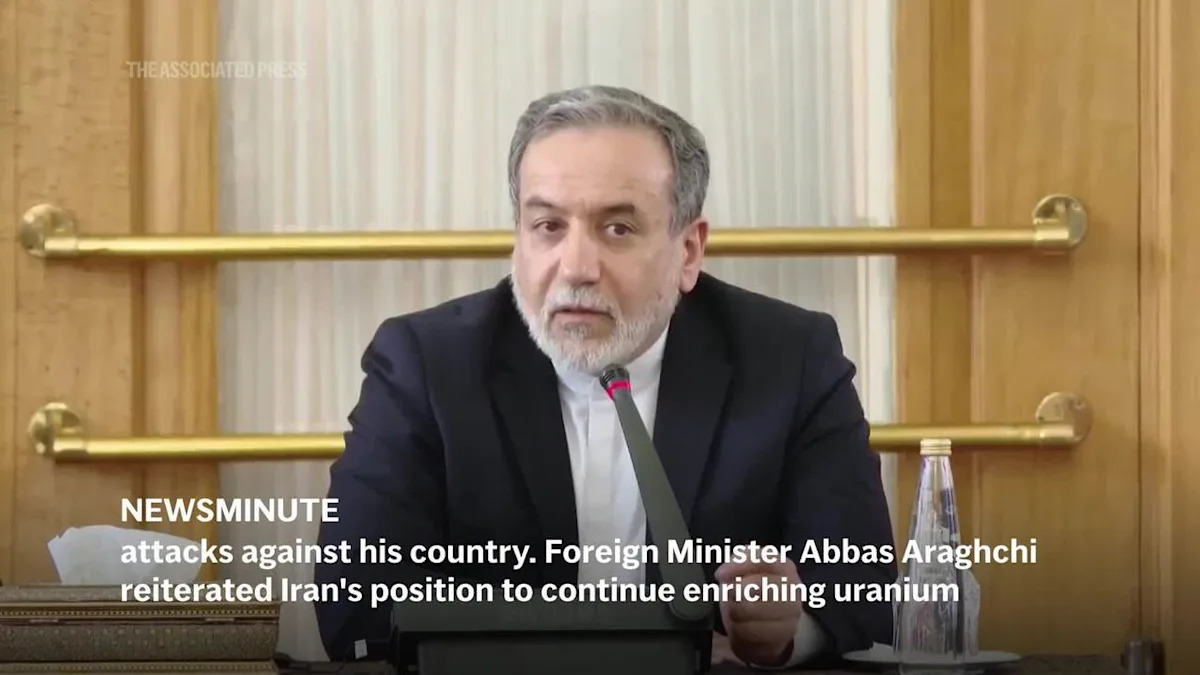Rising Death Toll in Gaza: Over 90 Killed in 48 Hours as Airstrikes Intensify
In a harrowing escalation of violence, Israeli airstrikes have killed more than 90 Palestinians in Gaza within 48 hours, according to the Gaza Health Ministry. The attacks, concentrated in densely populated areas, have exacerbated the humanitarian crisis, drawing international condemnation and urgent calls for a ceasefire. Civilians, including women and children, account for a significant portion of the casualties as infrastructure collapses under relentless bombardment.
Humanitarian Catastrophe Unfolds Amid Relentless Bombardment
The Gaza Health Ministry reported that rescue teams are struggling to retrieve bodies from the rubble of collapsed buildings, with hospitals overwhelmed by the influx of wounded. Over 60% of the casualties are reportedly non-combatants, including 27 children and 18 women. The strikes have targeted residential neighborhoods, markets, and even medical facilities, leaving thousands displaced.
“The scale of destruction is unimaginable,” said Dr. Fares Akram, a Gaza-based physician. “We’re operating in corridors because the ICUs are full, and supplies are running dangerously low.” The World Health Organization (WHO) has warned that Gaza’s healthcare system is “on the brink of collapse,” with fuel and medicine stocks dwindling.
- Casualty breakdown: 93 dead, 240+ injured (Gaza Health Ministry)
- Infrastructure damage: 12 residential buildings destroyed, 3 hospitals hit
- Displacement: 15,000+ Palestinians forced to flee
International Reactions and Calls for De-escalation
The United Nations Secretary-General, António Guterres, described the situation as “a powder keg with no time left to defuse it.” Meanwhile, the U.S. State Department urged “maximum restraint” but stopped short of demanding an immediate ceasefire. Regional powers like Egypt and Qatar are reportedly mediating behind the scenes, though no breakthroughs have been announced.
Israeli officials defend the airstrikes as necessary to counter rocket attacks from Hamas, which they accuse of using civilians as human shields. “We are targeting terrorist infrastructure, but Hamas deliberately embeds itself within civilian areas,” stated IDF spokesperson Lt. Col. Jonathan Conricus. However, Human Rights Watch has contested this, citing evidence of indiscriminate strikes violating international law.
The Grim Reality on the Ground
Eyewitnesses describe scenes of chaos in Gaza’s streets. “One moment, the market was bustling; the next, it was a graveyard,” said Ahmed Mansour, a survivor of an airstrike in Gaza City. Photographs from the scene show children’s toys and household items scattered amid the debris, underscoring the human cost.
Meanwhile, the blockade on Gaza—imposed by Israel and Egypt since 2007—has crippled the enclave’s ability to respond. Only 4 hours of electricity are available daily, and clean water is scarce. The UN Relief and Works Agency (UNRWA) has called for urgent aid, estimating that $50 million is needed to address immediate needs.
What Comes Next? Pathways to Mitigate the Crisis
Diplomatic efforts remain fraught, but experts suggest three critical steps:
- Immediate humanitarian pause: To allow aid delivery and evacuations.
- Third-party monitoring: Independent verification of strikes to ensure compliance with international law.
- Long-term mediation: Reviving peace talks with regional stakeholders.
Without intervention, analysts warn the death toll will rise. “This isn’t just a military conflict—it’s a race against time to save lives,” said Middle East analyst H.A. Hellyer. The International Criminal Court (ICC) has also signaled it may investigate potential war crimes, raising stakes for both sides.
How You Can Help
Organizations like Médecins Sans Frontières (MSF) and UNRWA are providing critical aid. Consider donating to support medical relief and emergency shelter for displaced families. Every contribution can make a difference in alleviating this unfolding tragedy.
As the world watches, Gaza’s civilians remain trapped in a cycle of violence with no end in sight. The coming days will test whether global diplomacy can outweigh the relentless logic of war.
See more NY Times Report



